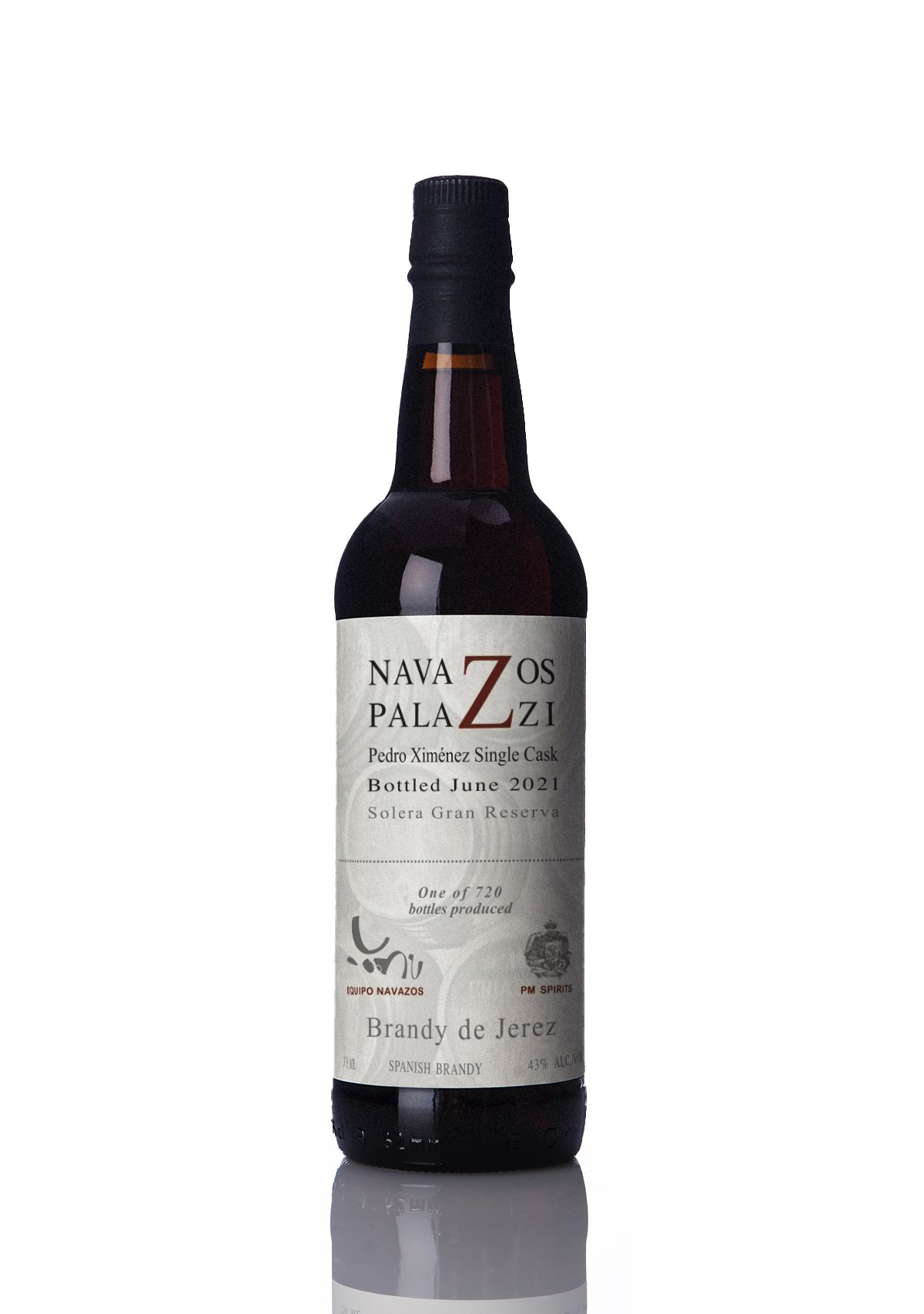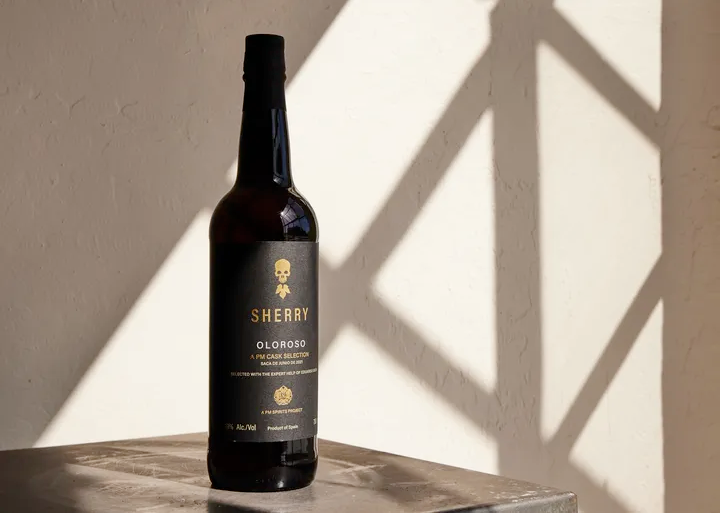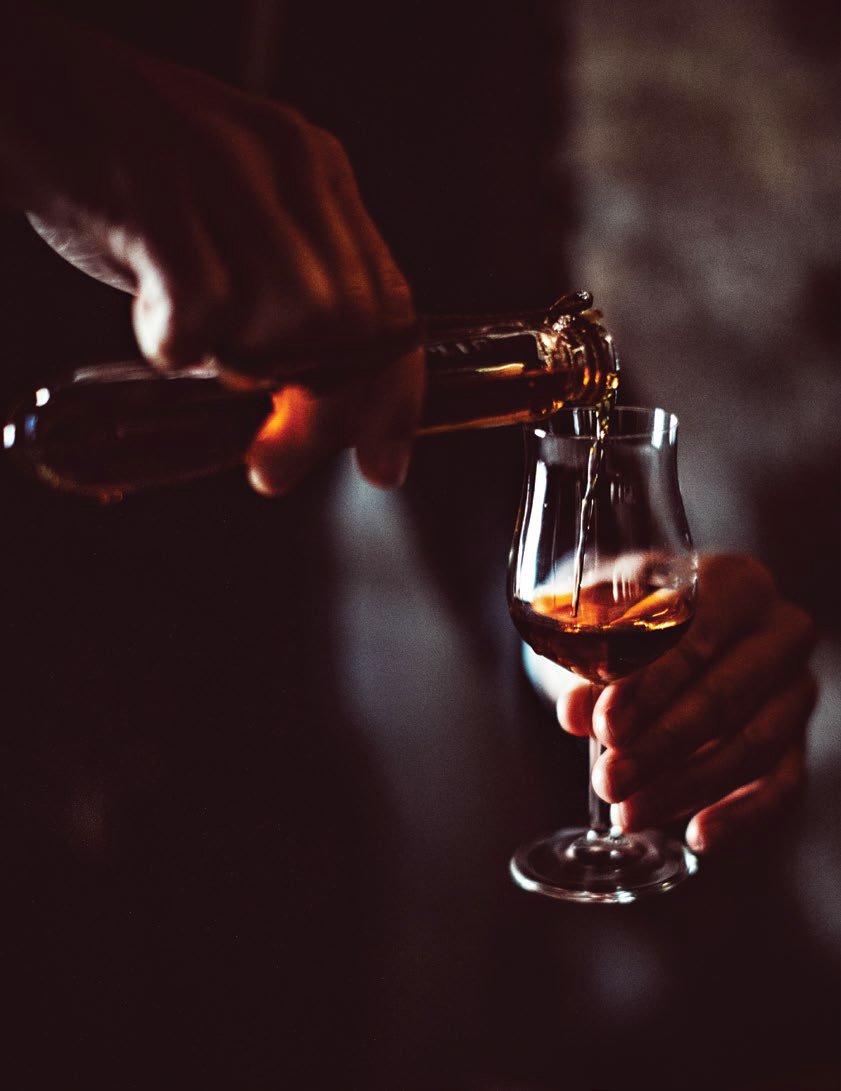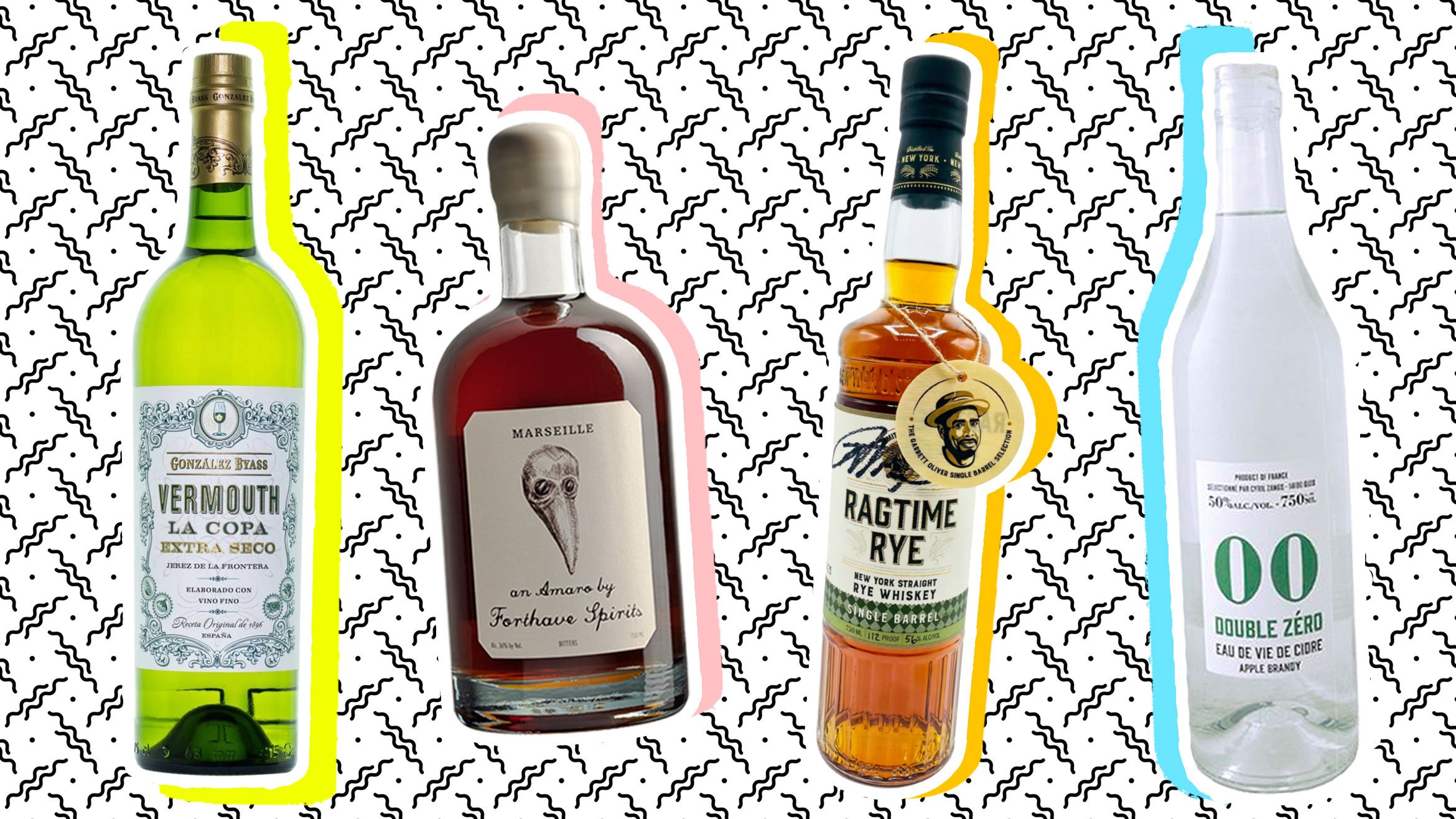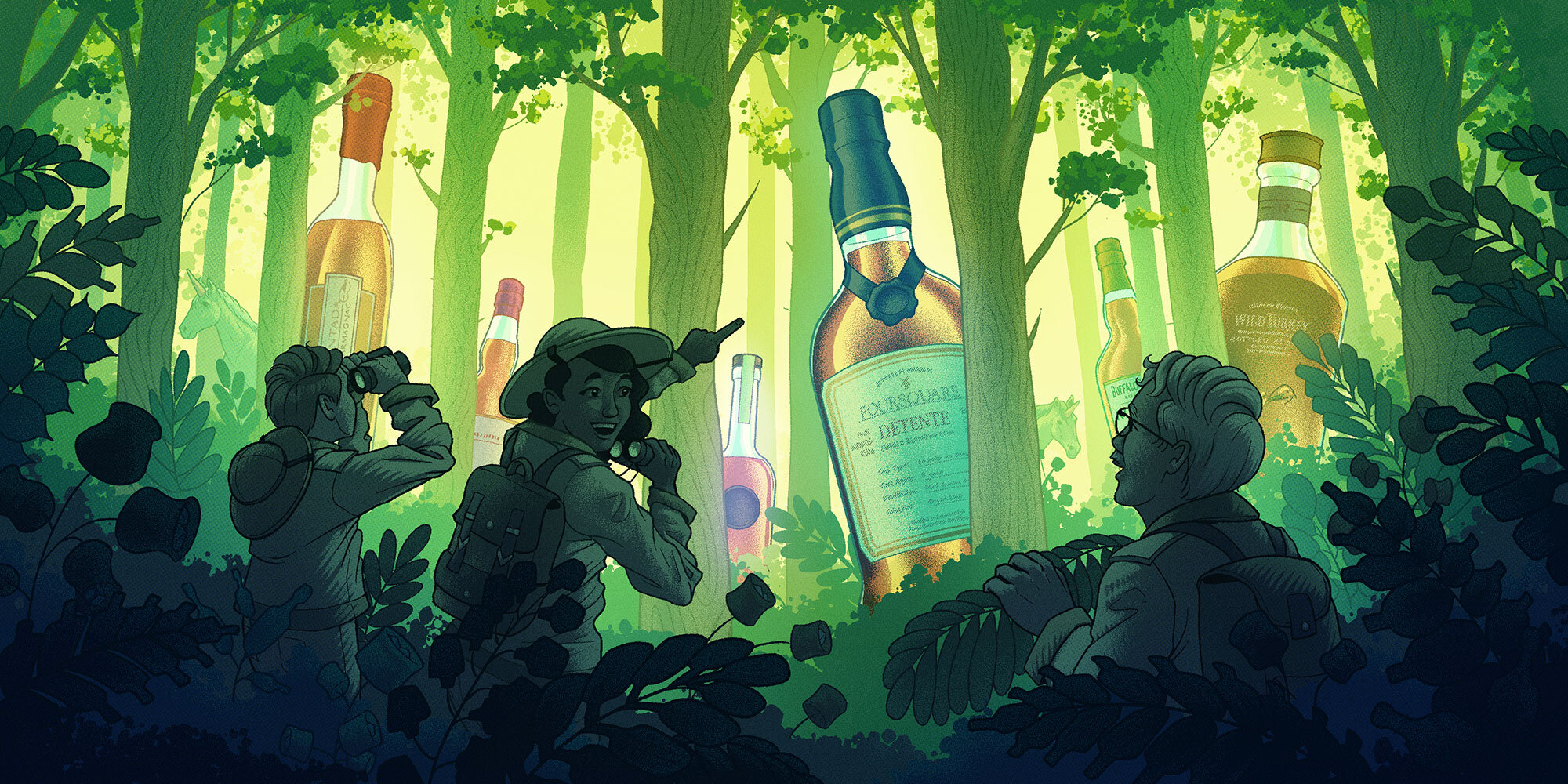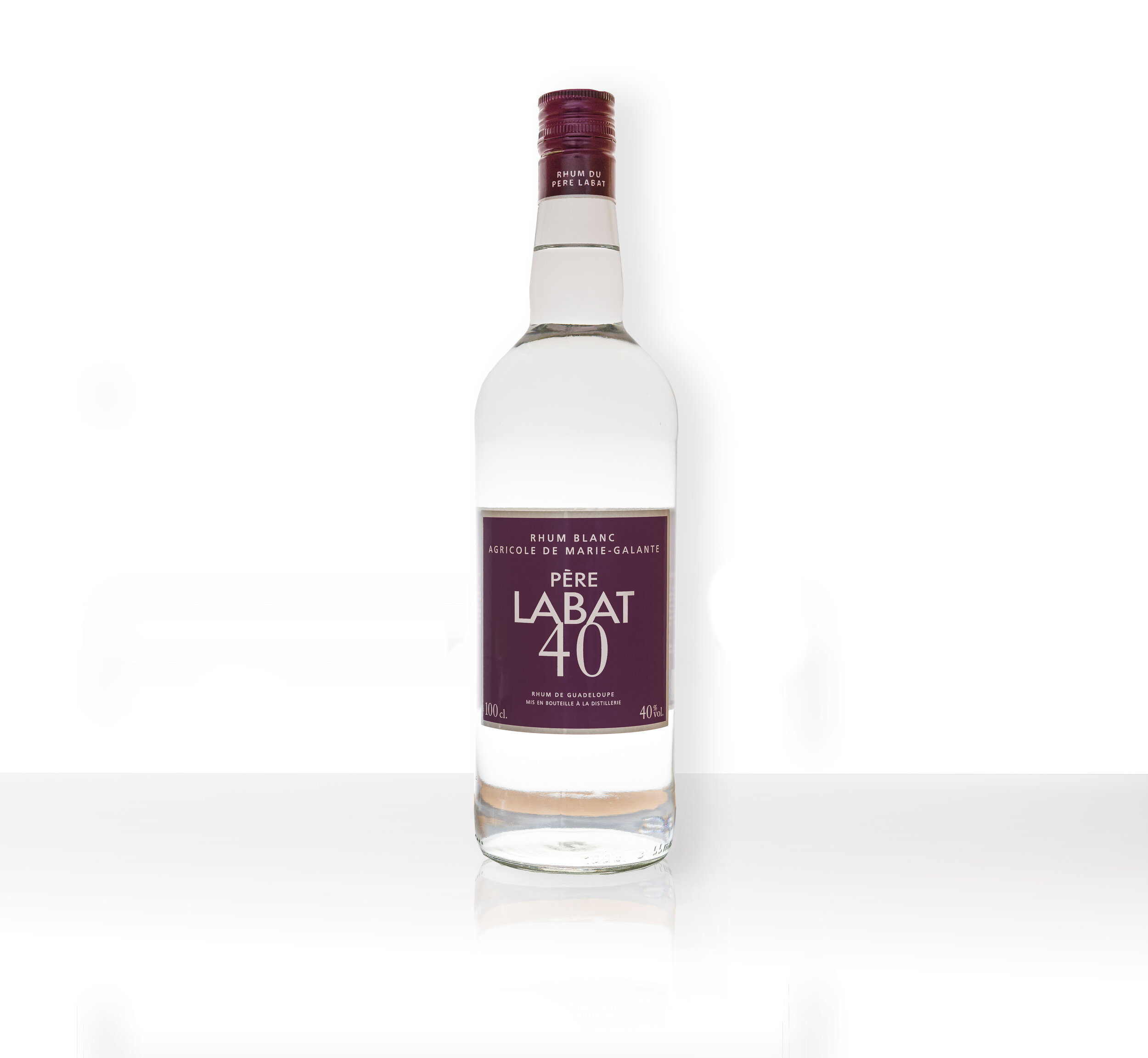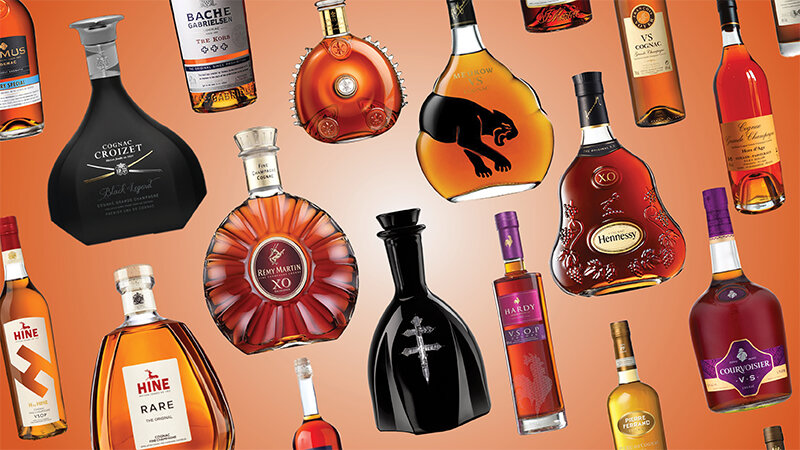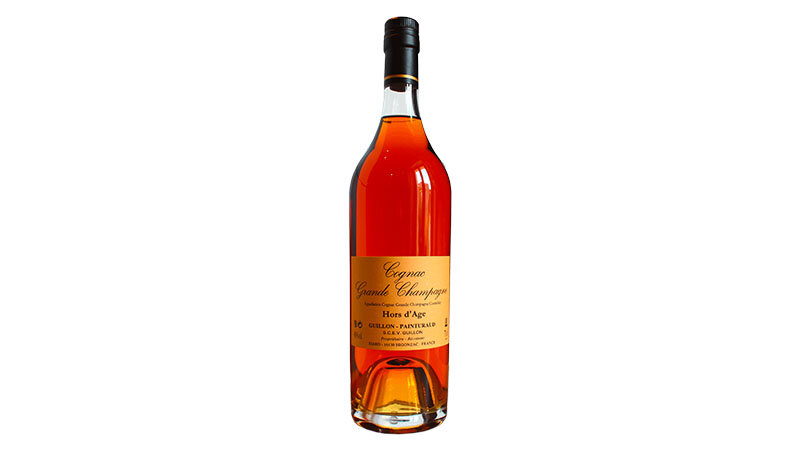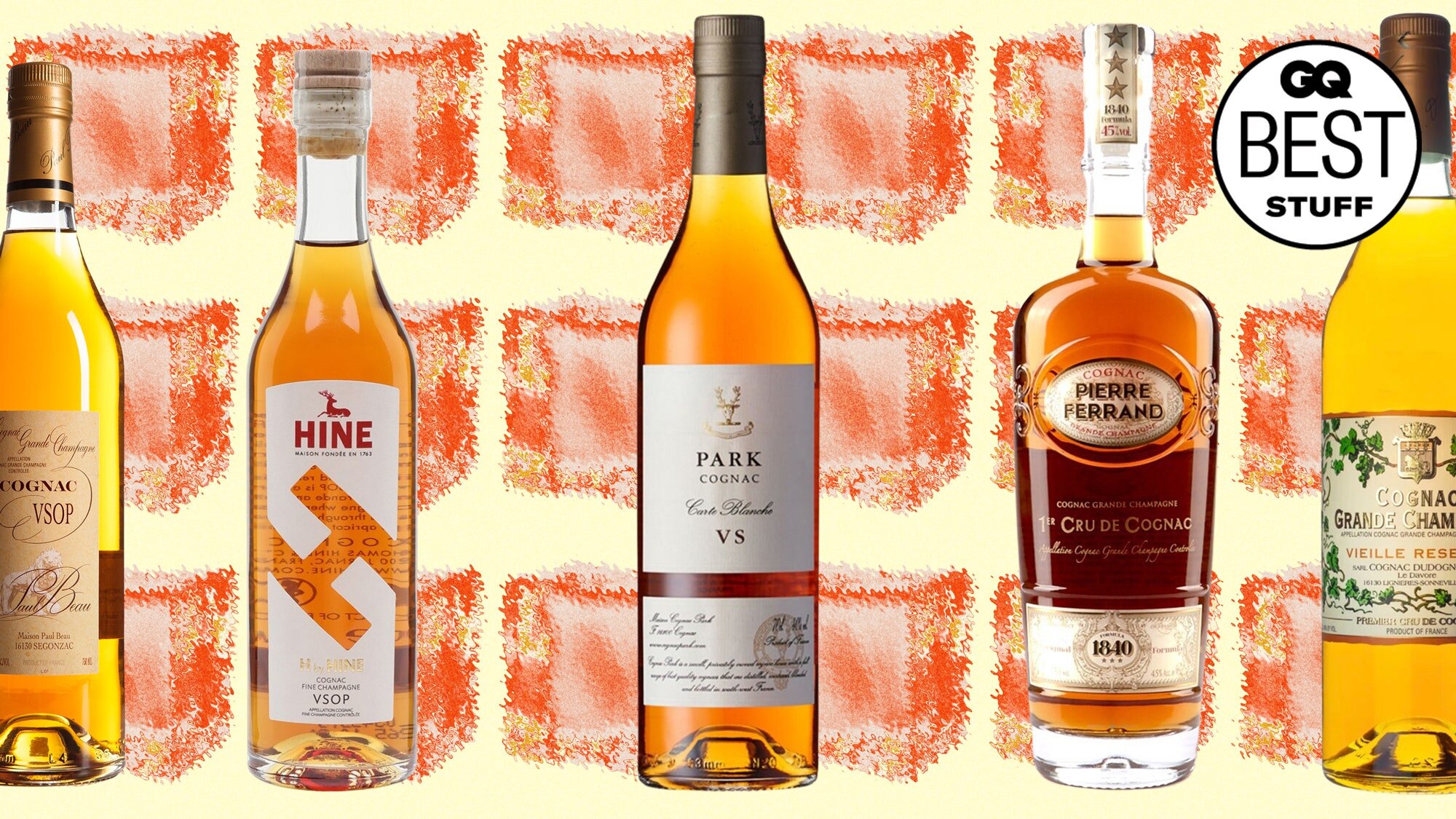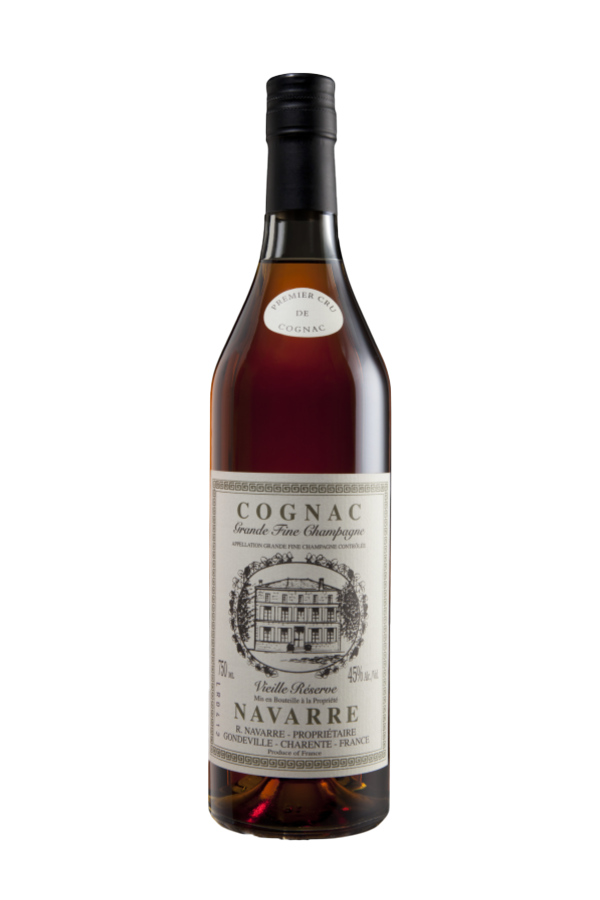HumansHumans are creatures of habit, and that’s especially true when it comes to our drinking rituals. We drink coffee for its ability to wake us up, herbal tea for relaxation, and wine to pair with food. But to stimulate the appetite before a meal, there’s one drink category most Americans tend to forget about: the aperitif.
The aperitif — a word derived from the Latin verb “aperire,” meaning “to open” — is a category of low-ABV beverages defined by when they’re consumed rather than how they’re produced. An aperitif can be a liqueur, fortified or aromatized wine (e.g., sherry or vermouth, respectively), or an aperitivo bitter (e.g., Aperol or Campari), making the category diverse and approachable for both bon vivants and novice drinks alike.
While the mindful and ritualistic consumption of aperitifs is slowly catching on in the U.S., in Europe, especially Italy, France, and Spain, aperitifs have been at the center of late afternoon and evening drinking rituals for decades — and, in some cases, centuries.
In Italy, aperitifs are consumed during the pre-dinner aperitivo hour — a time when family and friends gather to enjoy low-ABV tipples along with small bites (cicchetti, in Italian) to unwind from the day. In France, they practice apéro (short for apéritif) with French tipples such as pastis and Pineau des Charentes. And in Spain, sherries and vermut (vermouth) whet the appetite during “el aperitivo,” with new vermuterias, or vermouth bars, experiencing a renaissance among millennial drinkers.
Although a culturally ingrained drinking occasion such as aperitivo hour has not yet gained a permanent foothold in the U.S., interest in low/no-ABV drinks is expanding. The segment grew by 30 percent in 2020, and became a nearly $10 billion industry in 2021. As a result, the Aperol spritz has become as ubiquitous as the vodka soda in most major cities around the country; new sober bars and bars that strictly serve low-ABV aperitif-style cocktails are popping up; and a new wave of aperitifs is flooding the market at an unprecedented pace.
To kickstart your personal aperitivo hour practice, I’ve scoured the world of aperitifs to put together a list of some of the hottest bottlings from both domestic and international producers, broken down by flavor characteristics. Whether you’re a hardcore spritzer looking for an alternative to Aperol, a G&T lover open to trying a low-ABV botanical spirit to replace the gin, or a bon vivant who is just looking for the next hot low-ABV product, there’s a must-try aperitif for everyone.

